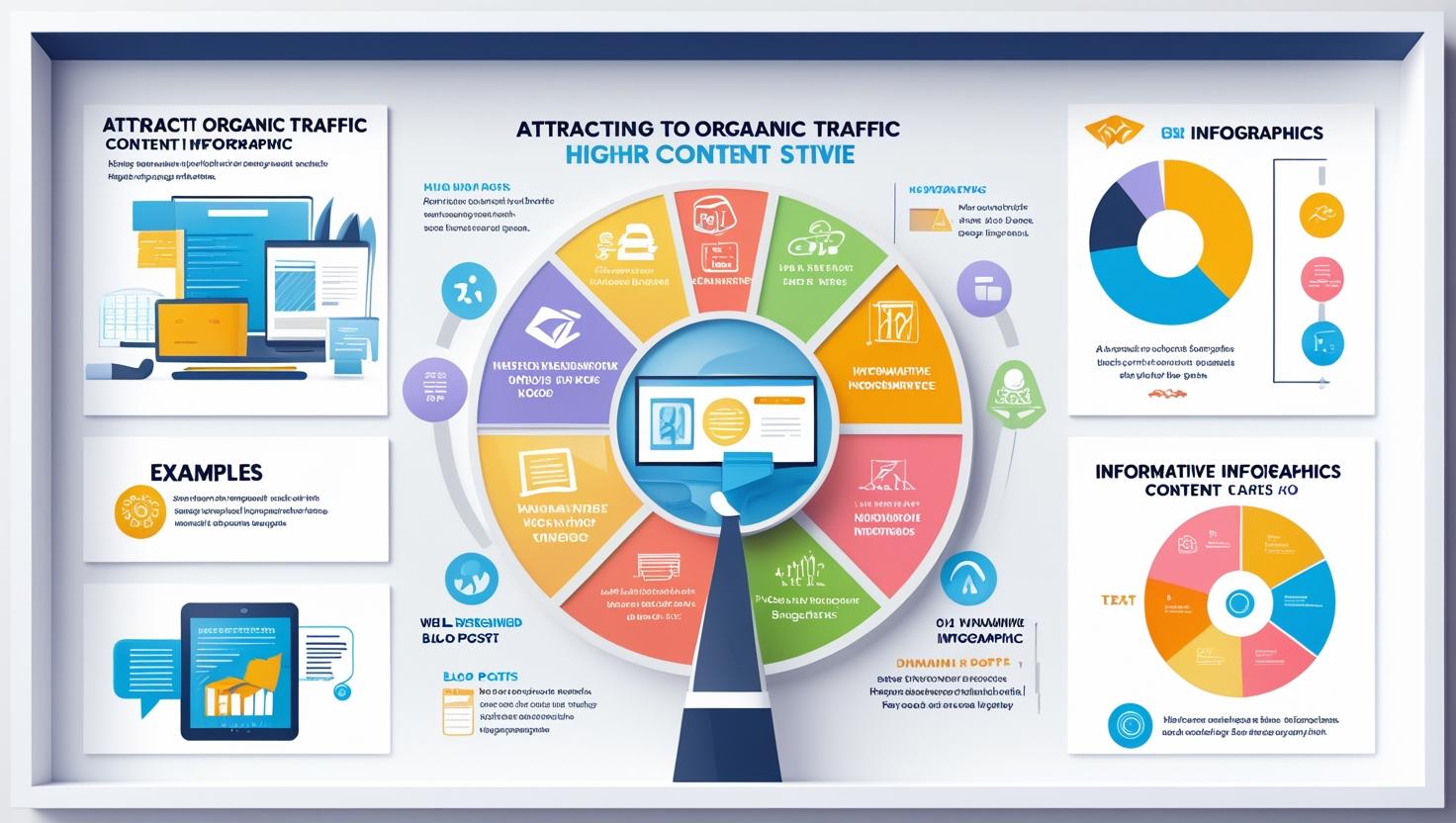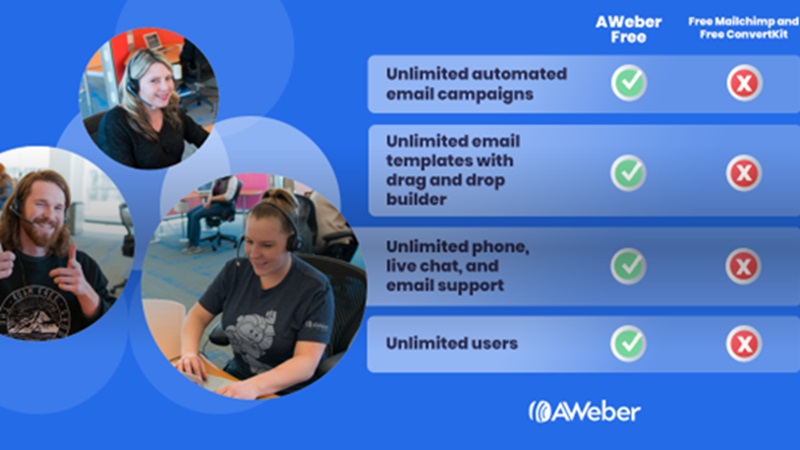Job Creation and Economic Opportunities in Aquaponics
Aquaponics:
Aquaponics is a groundbreaking approach to farming that combines
aquaculture (the cultivation of aquatic animals) with hydroponics (growing
plants without soil).
By harnessing the symbiotic relationship between fish and plants,
aquaponics offers a closed-loop system.
Fish waste supplies essential nutrients for plant growth. Plants act as
natural filters to purify the water for fish.
This eco-friendly method minimizes resource usage, maximizes yield, and
mitigates environmental impact, making it a cornerstone of sustainable
agriculture.

Unlocking Potential: Job Creation and Economic Opportunities in Aquaponics
- Introduction to Aquaponics
Aquaponics: The Future of Sustainable Agriculture Understanding the
Basics: How Aquaponics Works: The Marriage of Aquaculture and
Hydroponics: A Brief Overview of The Environmental Benefits of Aquaponics
Economic Impact of Aquaponics
Revolutionizing Agriculture: Aquaponics’ Contribution to Economic Growth
The Role of Aquaponics in Job Creation Case Studies: Economic Success
Stories in Aquaponics Market Potential and Growth Opportunities
Job Creation in Aquaponics
- Employment Opportunities in Aquaponic Farms Diverse Roles in Aquaponic Operations: From Farm Management to Fish Handling
- Skill Development and Training Programs Empowering Communities: Training Initiatives for Aquaponic Farming
- Entrepreneurship in Aquaponics: the Rise of Aquaponic Startups: Nurturing Innovation and Growth
Economic Opportunities in Aquaponics
- Commercial Viability of Aquaponic Ventures Exploring Market Trends and Consumer Demand
- Local Economic Development Supporting Rural Communities: The Impact of Aquaponic Farms on Local Economies
- Export Potential and Global Market Access Expanding Horizons: Leveraging Aquaponics for International Trade
Government Support and Policy Frameworks
- Incentives for Aquaponic Enterprises Tax Breaks and Subsidies: Government Initiatives to Promote Aquaponics
- Regulatory Challenges and Solutions Navigating Legal Hurdles: Building a Favorable Regulatory Environment
- Collaborative Partnerships Public-Private Partnerships: Fostering Collaboration for Sustainable Growth
Future Outlook and Conclusion
- Innovations Driving the Future of Aquaponics Emerging Technologies and Trends Shaping the Industry
- The Promise of Aquaponics Looking Ahead: Harnessing the Potential of Aquaponics for a Sustainable Future
- Conclusion Embracing Change: Seizing the Opportunities of Aquaponics for Economic Prosperity
Aquaponics, the integration of aquaculture and hydroponics, has revolutionized the agricultural landscape by offering a sustainable solution
to food production while generating economic opportunities and fostering
job creation.
In this comprehensive guide, we delve into the intricate nexus of job
creation and economic opportunities in aquaponics.
Revolutionizing Agriculture: Aquaponics’
Contribution to Economic Growth
Adopting aquaponics holds immense potential to transform the agricultural
sector, driving economic growth through innovation and efficiency. By
revolutionizing traditional farming practices, aquaponics enhances
productivity reduces input costs, and promotes resource conservation,
bolstering overall economic output.
The Role of Aquaponics in Job Creation
Aquaponics catalyzes job creation across various sectors, ranging from
agriculture and aquaculture to technology and research. As aquaponic
farms expand and diversify, they create many employment opportunities,
from farm managers and aquaculture technicians to marketing specialists
and research scientists. Moreover, the interdisciplinary nature of
aquaponics needs a diverse workforce with skills in biology, engineering,
and business, fostering a dynamic job market with ample career prospects.
Case Studies: Economic Success Stories in
Aquaponics
Across the globe, many aquaponic ventures have demonstrated this
innovative farming method’s economic viability and sustainability. From
urban rooftop gardens to rural aquaponic farms, these success stories
underscore the potential of aquaponics to generate revenue, stimulate local
economies, and empower communities.
Market Potential and Growth Opportunities
The market for aquaponic produce continues to expand rapidly, driven by
increasing consumer demand for fresh, locally sourced food and growing
awareness of sustainable farming practices. With rising concerns about
food security, environmental degradation, and climate change, aquaponics
presents a compelling solution that resonates with consumers,
policymakers, and investors alike. As the industry matures and technology
advances, new opportunities appear for entrepreneurs, investors, and
agricultural stakeholders to capitalize on the growing demand for
aquaponic products and services.
I. Job Creation in Aquaponics
- Employment Opportunities in Aquaponic Farms
Aquaponic farms require a diverse workforce with specialized skills to
manage daily operations, keep system integrity, and ensure optimal plant
and fish health. Aquaponic enterprises offer various employment
opportunities across various skill levels and disciplines, from farm
managers and aquaculture technicians to greenhouse operators and
irrigation specialists.
- Skill Development and Training Programs
To meet the growing demand for skilled professionals in aquaponics,
training, and education programs have appeared to equip individuals with
the knowledge and expertise needed to thrive in this burgeoning industry.
These programs cover many topics, including aquaponic system design,
water chemistry, fish biology, plant physiology, and business management,
empowering participants to pursue careers in aquaponic farming or start
their ventures.
- Entrepreneurship in Aquaponics
Aquaponics has also sparked a wave of entrepreneurship, with aspiring
farmers and innovators launching their ventures to capitalize on the
growing market for sustainably produced food. From small-scale startups to
large commercial operations, aquaponic enterprises offer entrepreneurs an
opportunity to combine their passion for agriculture with business acumen,
creativity, and environmental stewardship.
- Economic Opportunities in Aquaponics
- Commercial Viability of Aquaponic Ventures
Aquaponic ventures have proven to be commercially workable enterprises,
with the potential to generate substantial revenue and profits while working
in harmony with nature. By using efficient resource use, controlled
environment agriculture, and direct-to-consumer marketing channels,
aquaponic farms can achieve competitive pricing, superior product quality,
and enhanced market visibility, driving long-term profitability and growth.
- Local Economic Development
Aquaponic farms play a pivotal role in supporting local economic
development by creating jobs, stimulating entrepreneurship, and
revitalizing rural communities. By setting up direct relationships with
consumers, restaurants, and retailers, aquaponic producers can capture a larger share of the food value chain, retain more value locally, and reinvest
profits into community development initiatives, such as infrastructure
upgrades, education programs, and social welfare projects.
- Export Potential and Global Market Access
Beyond local markets, aquaponic products hold significant export potential, offering a premium, high-quality alternative to conventional produce for international consumers. With growing demand for sustainably sourced food worldwide, aquaponic exporters can tap into lucrative overseas markets, build strategic partnerships with distributors and retailers, and position themselves as leaders in the global agri-food industry, thereby contributing to economic growth and trade diversification.
- Government Support and Policy Frameworks
- Incentives for Aquaponic Enterprises
Governments at various levels are recognizing the importance of aquaponics in promoting sustainable agriculture and economic development. As such, they are implementing incentives to encourage the establishment and expansion of aquaponic enterprises. These incentives may include tax breaks, grants, subsidies, and low-interest loans aimed at reducing the financial barriers to entry and incentivizing investment in aquaponic infrastructure and technology.
- Regulatory Challenges and Solutions
While the potential benefits of aquaponics are clear, the industry faces regulatory challenges related to zoning, water rights, food safety, and environmental regulations. To address these challenges, governments must work collaboratively with industry stakeholders to develop clear and consistent regulatory frameworks that help innovation, ensure food safety, and protect environmental integrity while minimizing regulatory burden and compliance costs for aquaponic operators.
- Collaborative Partnerships
Public-private partnerships play a crucial role in advancing the aquaponics industry by fostering collaboration among government agencies, research institutions, industry associations, and private sector stakeholders. By pooling resources, ability, and networks, these partnerships can drive innovation, promote knowledge sharing, and facilitate technology transfer, thereby accelerating the growth and sustainability of the aquaponics sector.
- Future Outlook and Conclusion
- Innovations Driving the Future of Aquaponics
The future of aquaponics looks promising, with ongoing advancements in technology, research, and market development driving innovation and growth. From automated monitoring systems and precision agriculture techniques to genetic engineering and biotechnology, a plethora of innovations are poised to revolutionize the way we produce food sustainably and profitably using aquaponics.
- The Promise of Aquaponics
As we look ahead, aquaponics holds tremendous promise as a scalable, resilient, and environmentally friendly solution to the pressing challenges of food security, climate change, and resource scarcity. By harnessing the power of nature and human ingenuity, aquaponics has the potential to nourish communities, create economic opportunities, and promote environmental stewardship on a global scale, paving the way for a more sustainable and prosperous future for all.
- Conclusion
In conclusion, job creation and economic opportunities in aquaponics are poised to play a pivotal role in shaping the future of agriculture and food production. By using the synergies between aquaculture and hydroponics, aquaponics offers a sustainable and economically viable alternative to conventional farming methods, unlocking new pathways for job creation, entrepreneurship, and economic development. As governments, businesses, and communities embrace the potential of aquaponics, we stand on the brink of a new era of agricultural innovation and prosperity, where the bounty of the land and the sea converge to sustainably nourish a growing global population.






























